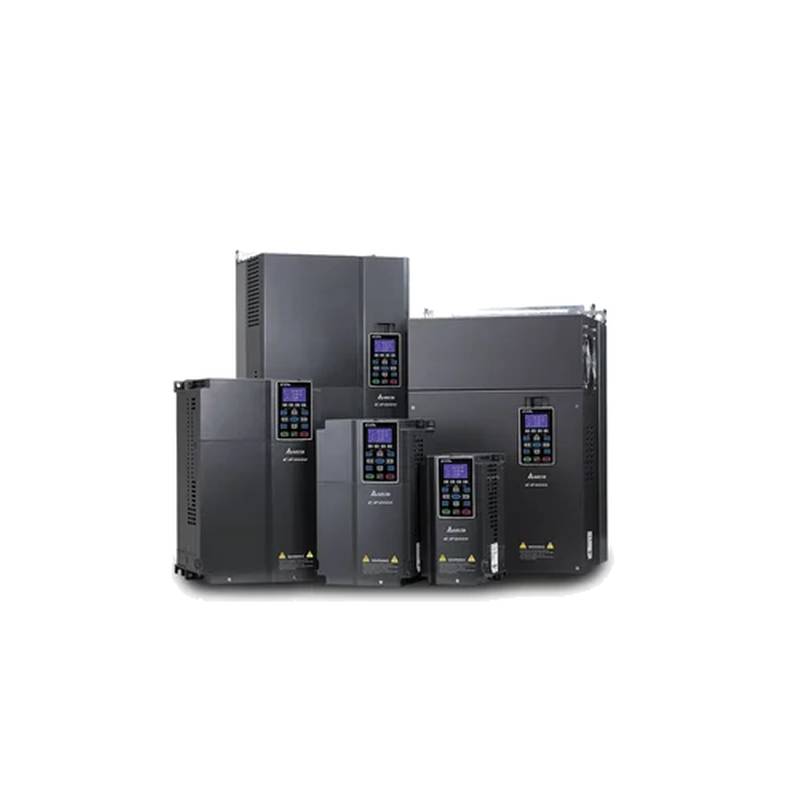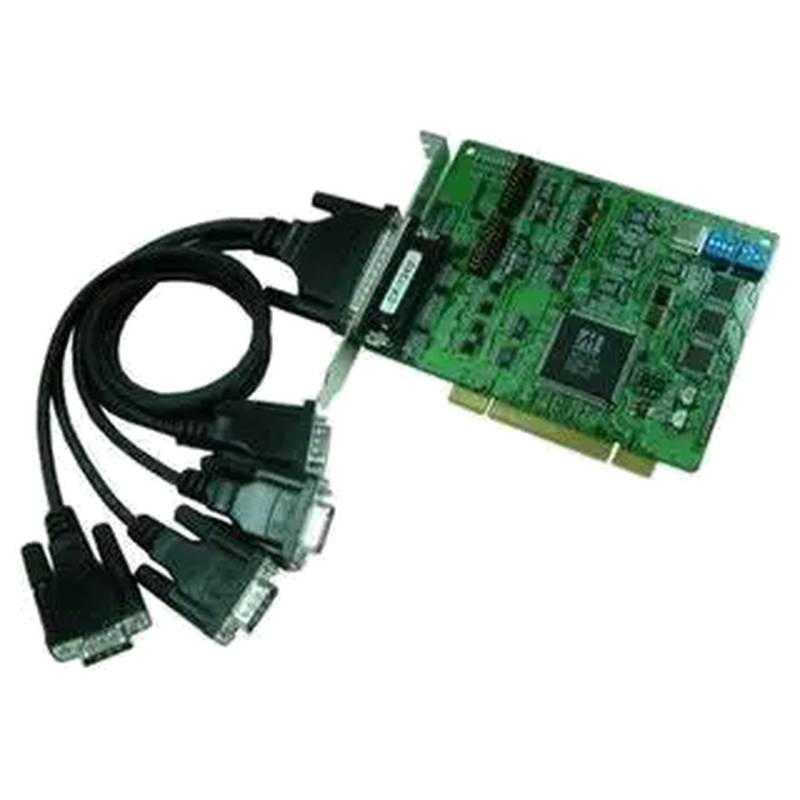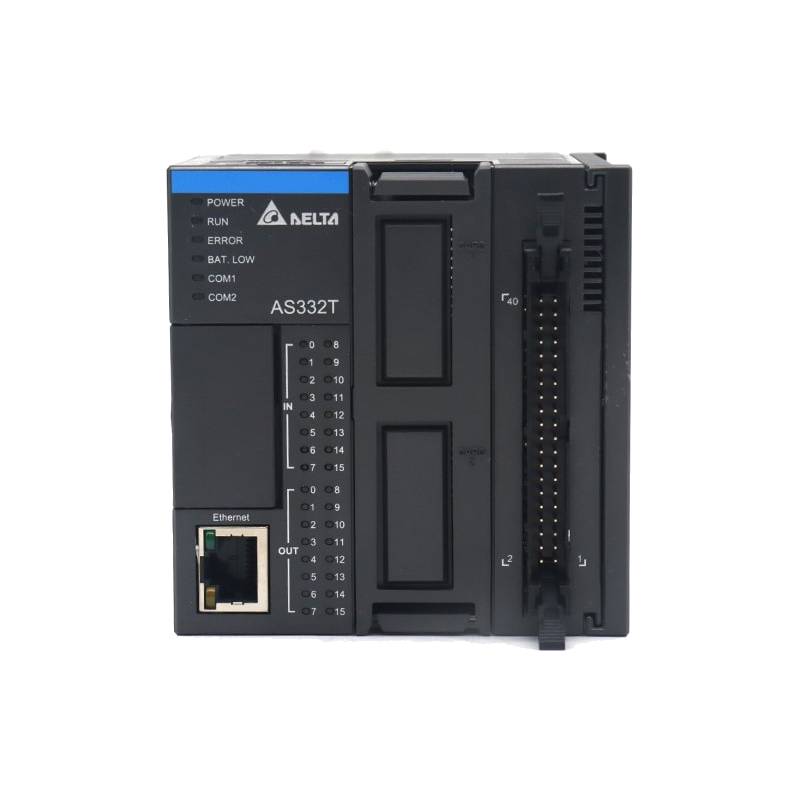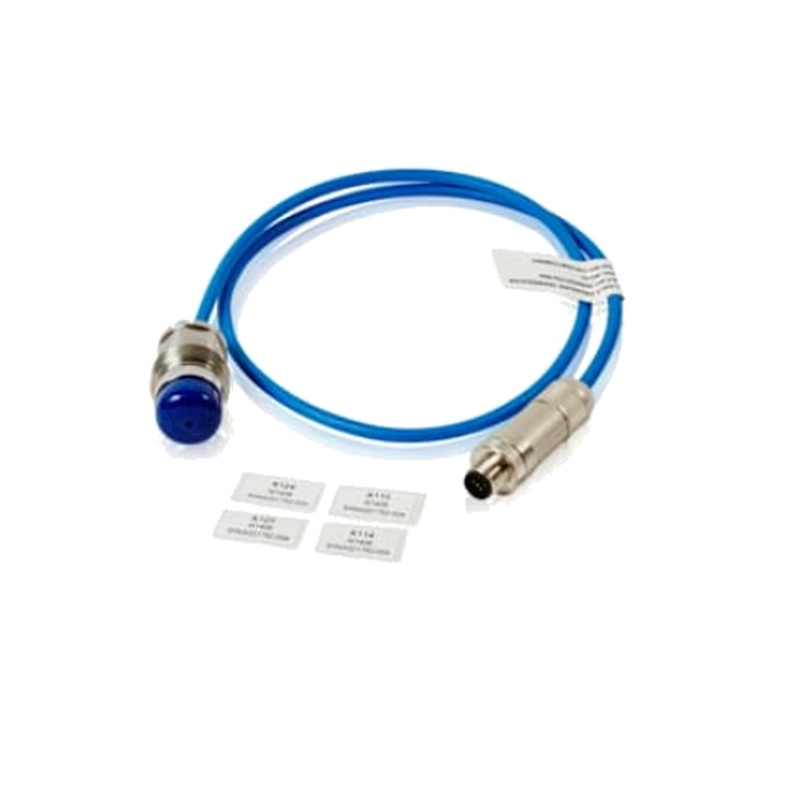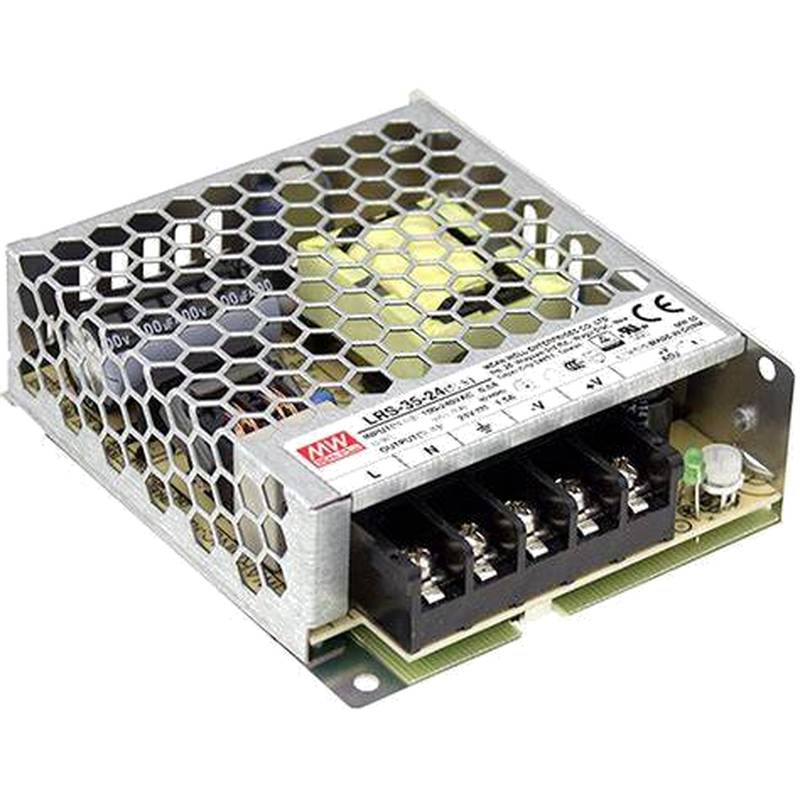
The Delta VFD4000CP43A-00 CP2000 Industrial VFD Frequency Drive is a powerful 770A, 400kW solution engineered for demanding industrial applications. This Variable Frequency Drive (VFD) offers robust motor control, exceptional energy efficiency, and advanced features designed to optimize performance and reliability in critical operations. With its high overload capacity and comprehensive protection functions, the CP2000 series, including the VFD4000CP43A-00, is positioned as a leading choice for applications requiring precise speed regulation and enhanced operational control, from heavy machinery to complex process automation.
Product Specifications
| Feature | Specification |
| :------------------ | :---------------------------------------------- |
| Model Number | VFD4000CP43A-00 |
| Series | CP2000 |
| Rated Output Current| 770A |
| Rated Power | 400kW |
| Input Voltage | 3 Phase, 380-480V |
| Output Frequency | 0 to 1000 Hz |
| Control Method | Advanced Sensorless Vector Control, V/f Control |
| Protection Class | IP20 |
| Communication | Built-in RS-485 (Modbus), Optional EtherNet/IP, Profibus-DP |
Core Features & Market Positioning
The Delta VFD4000CP43A-00 CP2000 drive distinguishes itself through its advanced sensorless vector control, delivering superior torque response and speed accuracy even under varying load conditions. This technological edge positions it favorably against drives relying solely on V/f control, making it ideal for applications demanding high performance, such as material handling, pumps, and fans. Its robust design and extensive protection features, including comprehensive overcurrent, overvoltage, and thermal protection, ensure operational longevity and minimize downtime, a crucial factor in industrial environments. The drive's integrated modular design also facilitates easier maintenance and potential future upgrades, enhancing its long-term value proposition.
Key Application Scenarios
This 400kW VFD is exceptionally suited for high-power motor applications across various industrial sectors. It excels in driving large pumps and fans in HVAC systems, water treatment plants, and industrial ventilation, where precise flow control and energy savings are paramount. The VFD4000CP43A-00 also finds extensive use in the manufacturing industry for conveyor systems, extruders, and machine tools, providing smooth acceleration/deceleration and accurate speed maintenance for production lines. Furthermore, its advanced control capabilities make it a strong candidate for applications in the textile industry, printing presses, and metal processing machinery requiring dynamic speed adjustments and consistent torque output.
Practical System Integration Guidance
Integrating the Delta VFD4000CP43A-00 CP2000 into existing industrial systems is streamlined by its user-friendly interface and flexible communication options. Proper wiring is critical; ensure the correct gauge of shielded cable is used for motor connections to minimize electromagnetic interference (EMI). For initial setup, the drive's parameter programming allows for detailed customization of motor characteristics, acceleration/deceleration ramps, and speed references. Utilizing the built-in RS-485 port with the Modbus protocol is a common method for integrating the drive into SCADA or PLC-based control systems, enabling remote monitoring and control. Advanced users may opt for optional communication cards for seamless integration with industrial Ethernet networks like EtherNet/IP or Profibus-DP, further enhancing system connectivity.
Operation and Risk Mitigation
Safe and efficient operation of the Delta VFD4000CP43A-00 VFD requires adherence to safety guidelines and understanding potential fault conditions. Always ensure the drive is properly grounded and that all power and control wiring is completed by qualified personnel. During operation, monitor the drive's display for any error codes. Common fault codes, such as "OC" (Overcurrent) or "OV" (Overvoltage), often indicate issues with motor load, wiring, or power supply stability and require immediate investigation. Implementing appropriate braking resistors, especially for applications with significant regenerative energy, can prevent overvoltage faults and ensure safe deceleration. Regular maintenance, including checking for dust accumulation and ensuring adequate ventilation, is crucial for preventing overheating and premature failure.
Scalability & Long-Term Value
The Delta CP2000 series, represented by the VFD4000CP43A-00, offers significant scalability and long-term value for evolving industrial needs. Its modular design allows for the addition of expansion cards, enhancing its functionality with advanced communication protocols or I/O capabilities, ensuring compatibility with future system upgrades. The drive's robust construction and Delta's commitment to technological advancement mean it can be integrated into modern Industrial Internet of Things (IIoT) platforms, enabling predictive maintenance, remote diagnostics, and data analytics for optimized plant performance. For businesses with existing Delta automation infrastructure, the CP2000 drive ensures seamless integration, leveraging established system architectures and programming expertise for a cohesive and efficient operation.
Frequently Asked Questions
What are the primary advantages of the Delta VFD4000CP43A-00?
This VFD offers superior motor control accuracy. It provides excellent torque response even without motor feedback sensors. The drive also boasts significant energy savings through precise speed adjustment.
Its robust overload capacity handles demanding industrial loads. Integrated safety features enhance operational reliability. The drive’s modular design simplifies maintenance and future expansion.
The CP2000 series is designed for high-efficiency operation. It reduces mechanical stress on equipment. This leads to longer service life for connected machinery.
How do I connect the Delta VFD4000CP43A-00 to a PLC?
The drive features a built-in RS-485 port for Modbus communication. Connect the PLC's RS-485 terminals to the VFD's terminal block. Configure Modbus parameters on both devices.
Alternatively, optional communication cards offer Ethernet/IP or Profibus-DP. These provide higher speed and more robust industrial network integration. Ensure correct network cabling and termination.
Refer to the VFD's communication manual for specific register addresses and function codes. This ensures successful data exchange for control and monitoring.
What are common fault codes for the CP2000 series drives?
"OC" indicates an overcurrent fault, often due to excessive load or rapid acceleration. Investigate the motor and mechanical system for issues. Ensure proper motor cable sizing and shielding.
"OV" signifies an overvoltage fault, typically occurring during regenerative braking or power supply fluctuations. Consider adding a braking resistor or checking input power stability.
Other common codes include "OH" (Overheat), "LF" (Loss of Freq), and "UV" (Undervoltage). Consult the VFD's detailed error code list for specific troubleshooting steps.
Can the Delta VFD4000CP43A-00 be used for pump and fan applications?
Yes, this VFD is ideal for variable torque loads like pumps and fans. Its sensorless vector control provides efficient speed regulation. This directly translates to energy savings.
The drive offers built-in PID control functionality. This simplifies integration into systems requiring precise flow or pressure management. It can directly control process variables.
Its high overload capability ensures reliable operation even with starting surges. This makes it suitable for large industrial fan and pump systems.
What is the maximum output frequency of this VFD?
The Delta VFD4000CP43A-00 can achieve an output frequency of up to 1000 Hz. This high frequency range is essential for high-speed motor applications. It allows for precise control in specialized machinery.
This capability is beneficial in applications like CNC machines or high-speed centrifuges. It enables the motor to operate beyond standard industrial speeds. This expands the drive's application versatility.
Ensure the motor and mechanical system are rated for such high speeds. Always follow manufacturer guidelines for high-frequency operation.
How do I perform an auto-tuning on the VFD4000CP43A-00?
Auto-tuning calibrates the VFD to the specific motor's characteristics. Access the auto-tuning parameters via the drive's keypad or communication interface. Ensure the motor is disconnected from any load during the static tuning process.
The drive typically performs a static and/or dynamic auto-tuning. Static tuning measures motor parameters without rotation. Dynamic tuning involves brief motor rotation to refine settings.
Follow the on-screen prompts or manual instructions precisely. Successful auto-tuning optimizes motor performance, efficiency, and responsiveness.
What are the power and voltage requirements for this drive?
The VFD4000CP43A-00 operates on a 3-phase input power supply. It accepts a voltage range of 380 to 480 Volts AC. Ensure your facility's power distribution matches these specifications.
The drive's rated output current is 770A, with a power rating of 400kW. This indicates its capacity to drive large industrial motors. Verify your motor's nameplate data against these ratings.
Incorrect input voltage or insufficient power capacity can lead to drive malfunction or damage. Always consult an electrical professional for power system compatibility.
What communication protocols does the CP2000 series support?
The Delta VFD4000CP43A-00 comes standard with an RS-485 communication port. This supports the widely used Modbus RTU protocol for industrial automation. It enables seamless integration with PLCs and SCADA systems.
For more advanced networking needs, optional communication modules are available. These include support for EtherNet/IP and Profibus-DP. These protocols are common in larger, distributed control architectures.
Proper network configuration, including addressing and baud rates, is crucial for reliable communication. Always refer to the specific protocol documentation for setup details.
How does the sensorless vector control benefit applications?
Sensorless vector control provides excellent torque and speed regulation without the need for motor encoders. This reduces system complexity and installation costs. It offers precise motor control, even under fluctuating load conditions.
This control mode significantly improves transient response. It ensures quick recovery of speed and torque during load changes. This is vital for applications requiring dynamic performance.
It allows the VFD to accurately control motor speed across a wide range. This enhances efficiency and process control in demanding industrial environments.
What safety considerations are essential when installing this VFD?
Always ensure the VFD is installed in a well-ventilated area to prevent overheating. Proper grounding of the drive and motor is critical for electrical safety and EMI reduction. Follow local electrical codes and regulations meticulously.
Disconnect all power sources before performing any wiring or maintenance. Use appropriately rated cables for power input, motor output, and control signals. Ensure all safety guards and enclosures are in place.
Familiarize yourself with the drive's emergency stop functions and fault reset procedures. Do not attempt repairs or adjustments while the VFD is energized. Always use personal protective equipment (PPE).














